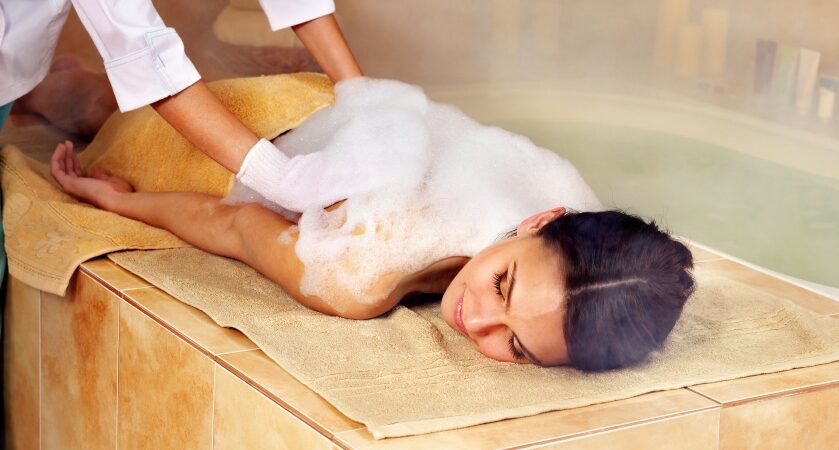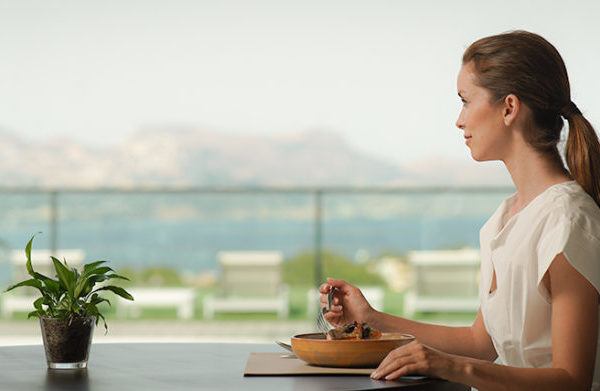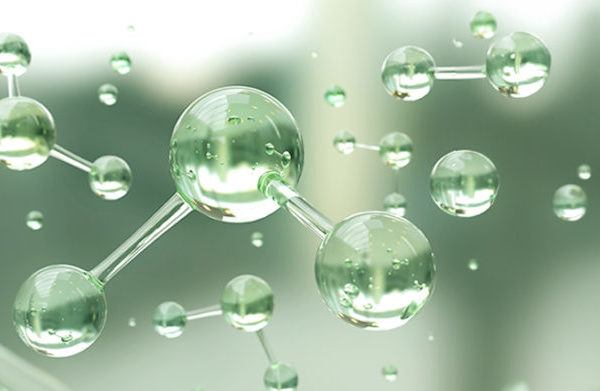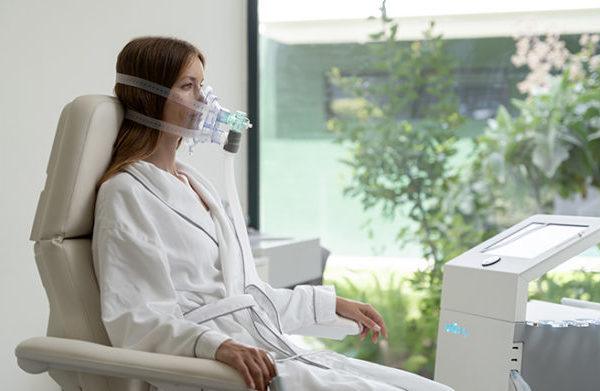
SHA Magazine Health & Beauty
The Hammam ritual and its benefits
The hammam, also called Turkish bath, is a practice which dates back to the Greek Roman period, at that time when the Roman Empire was stretched to the East. The Greek and Roman baths inspired the architecture and the concept of the hammam. With the advent of Islam during the VIIth century, the hammam became an essential element of the Muslims’ life since the Islamic percepts advice a rigorous hygiene. In addition of permit to anyone, the poorest ones included, to have an access to hygiene, the hammam also has another important function: it is a place to meet people and socialize. Both the ritual and the place are called Hammam.
How is the hammam ritual?
- The changing room: According to the establishment’s rules, you can keep your swimming suit, wrap yourself in a towel or go totally naked.
- The tepid room: you enter in a kind of fog, your body starts to dilate. Relax for a while and apply black or Alep soap on your skin.
- The warm room: sit down and rest. It is advisable not to stay more than 20 minutes in this room.
- Time to scrub: the skin is energetically scrub with a special glove, called kessa, to get rid of all the dead cells.
- The shower: after so much heat, you will need a cold shower to stimulate your body and clean off all the skin rests.
- The rassoul: as an extra to the ritual a wrap of Rassoul (Moroccan Atlas clay) mixed with Shea butter and rose water is applied all over the body, to end with a body hidratation that leaves the skin clean, purified and smooth.
In traditional hammams, you can find women doing the ritual on their own, but normally there are employees in charge to guide you during every step and she washes you, apply the soap and exfoliates your skin.
The Benefits of the Hammam ritual
Thanks to its benefits, the Hammam ritual is advisable for people with anxiety, stress, depression, with acne problems or who usually suffer of colds or respiratory affections.
- Improves blood circulation
- Makes the respiration easier
- Distress
- Relieves period pains
- Reduces insomnia
- Has an expectorant power
- Leaves the skin very clean, bright and soft
Despite of all these benefits, the Hammam ritual is not recommended for people with arterial tension, blood circulation, dermatitis and epilepsy problems and pregnant women.





